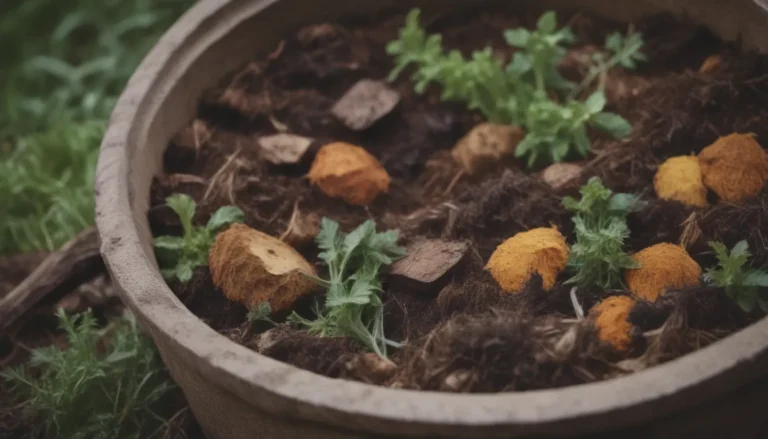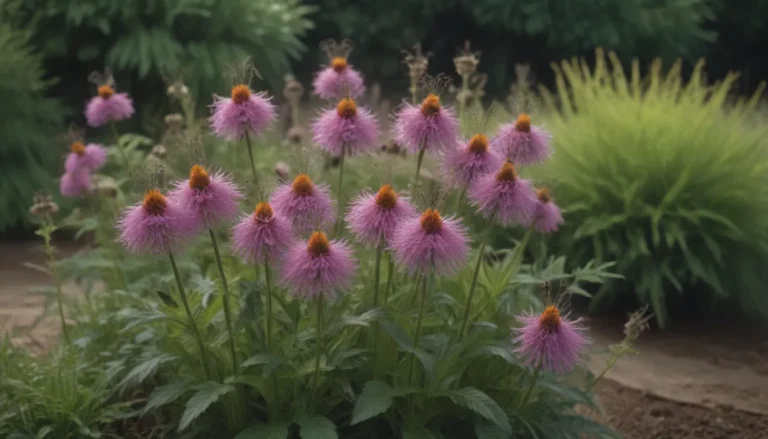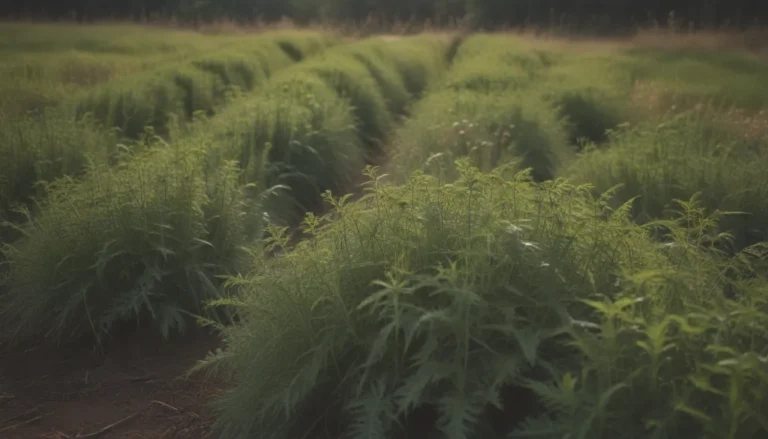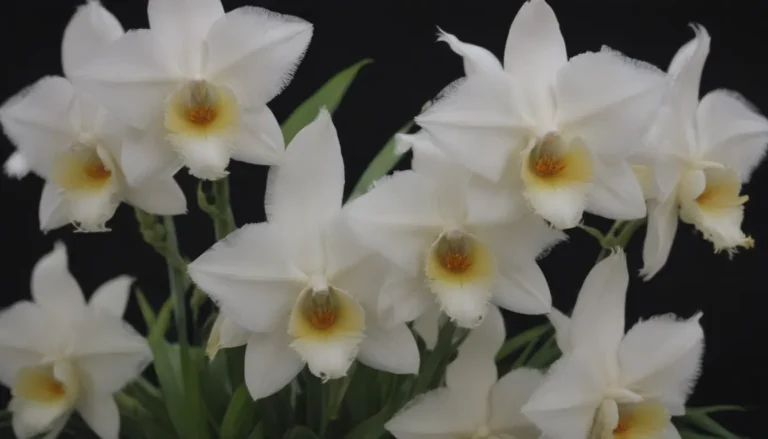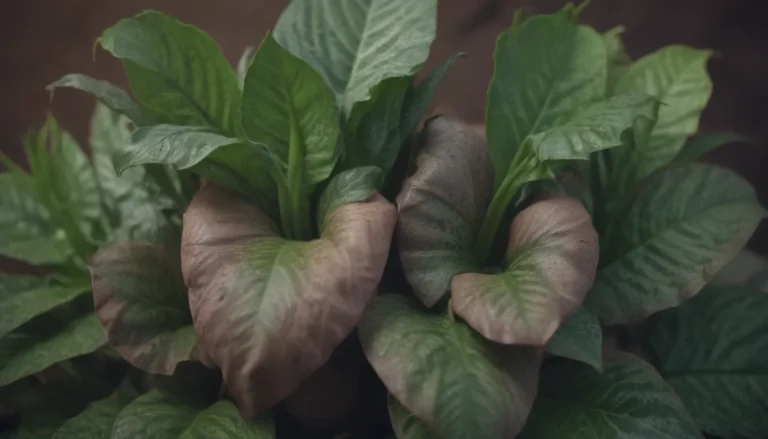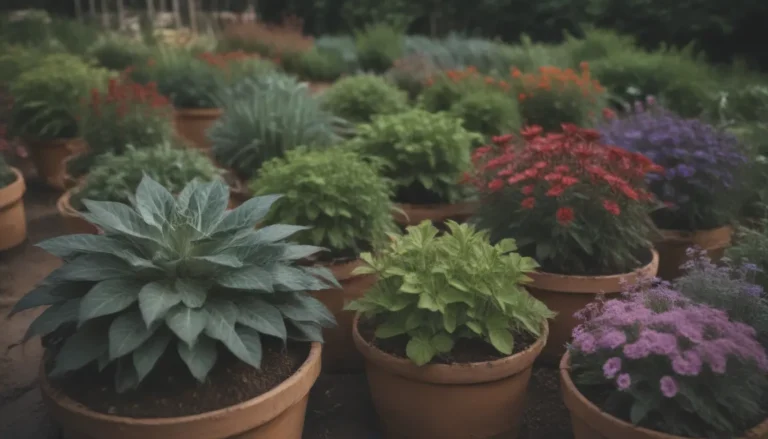The Ultimate Guide to Growing and Caring for the Sunburst Honey Locust Tree
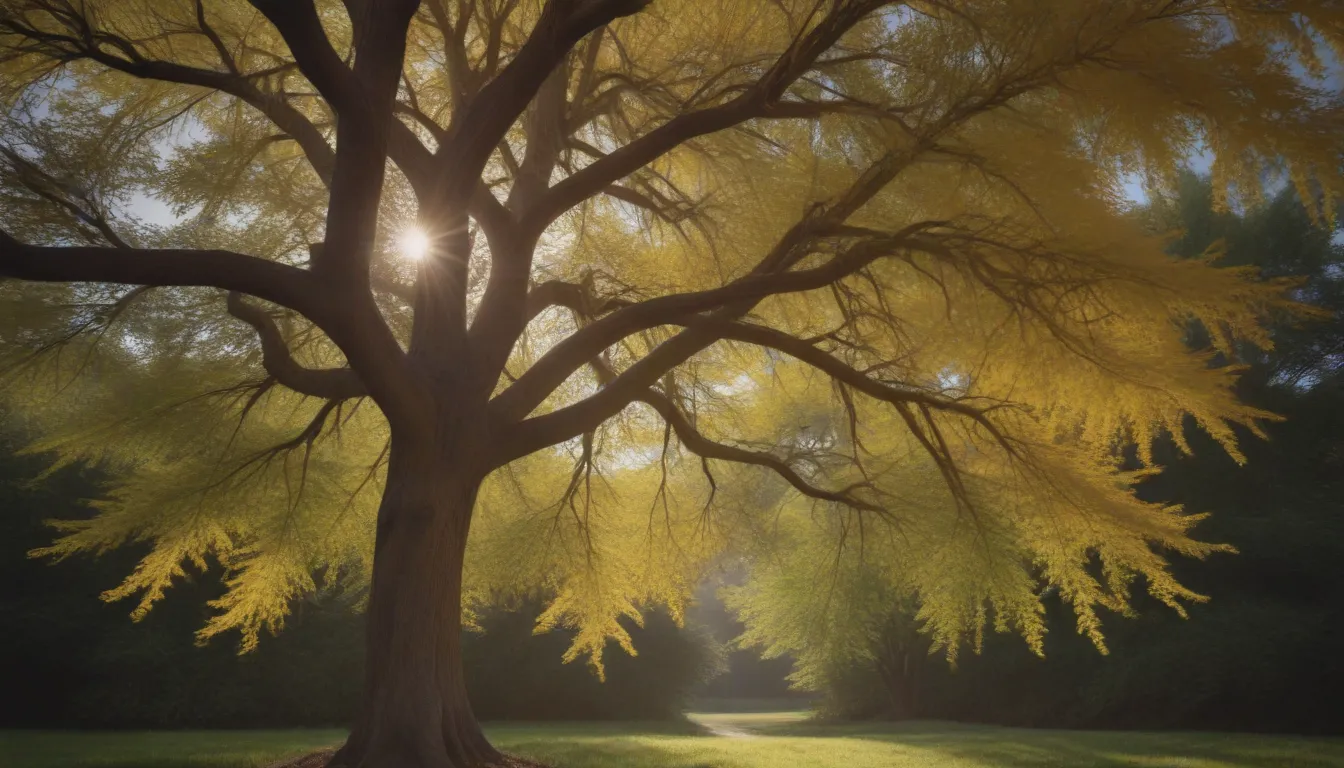
Are you looking to add a stunning tree to your landscape that is both beautiful and easy to care for? Look no further than the Sunburst Honey Locust Tree! In this comprehensive guide, we will explore everything you need to know about this popular tree variety and how to ensure it thrives in your garden.
Introducing the Sunburst Honey Locust Tree
The Sunburst Honey Locust Tree, scientifically known as Gleditsia triacanthos var. inermis ‘Suncole’, is a cultivar of the native honey locust tree. Unlike the traditional honey locust tree, the Sunburst variety is thornless and seedless, making it a perfect choice for homeowners seeking a low-maintenance and visually appealing tree for their landscape.
With its pyramidal shape and a maximum height of around 40 feet, the Sunburst Honey Locust Tree is a versatile choice for various outdoor spaces. Its fern-like compound leaves start out yellow in the spring, transition to a greenish-yellow hue in the summer, and turn back to a vibrant yellow in the fall, creating a striking display throughout the seasons.
Sunburst Honey Locust Care Tips
Taking care of your Sunburst Honey Locust Tree is relatively simple, as it is a hardy and adaptable species. Here are some essential care tips to ensure your tree thrives:
- Light: Plant your Sunburst Honey Locust Tree in a location where it can receive full sun, with at least six hours of direct sunlight each day.
- Soil: This tree can grow in various soil types, including loam, sand, and clay. It is also tolerant of salty soils.
- Water: Honey locust trees have a moderate tolerance for flooding and drought. Water newly planted trees weekly for the first year, adjusting based on local rainfall amounts.
- Temperature and Humidity: The Sunburst Honey Locust Tree can thrive in a range of climate conditions but may suffer damage if exposed to temperatures below minus 33 degrees Fahrenheit.
To protect your tree from damage, apply a ring of mulch around the base to keep lawnmowers at bay. Remember not to let the mulch come in direct contact with the trunk to avoid bark damage and potential pest issues.
Types of Thornless Honey Locust Trees
The Sunburst variety is just one of the many thornless honey locust trees available to homeowners. Some other popular varieties to consider include:
- ‘Imperial’
- ‘Moraine’
- ‘Northern Acclaim’
- ‘Perfection’
- ‘Street Keeper’
Each of these cultivars offers unique characteristics and growth patterns, allowing you to choose the perfect tree for your specific needs and preferences.
Pruning and Propagating Tips
While mature honey locust trees require minimal pruning, it is essential to remove dead or diseased branches regularly. For young trees, prune them every five years to shape them as desired, keeping the canopy open and airy. Pruning is best done in late spring to fall when sap flow is reduced.
Propagation of the Sunburst Honey Locust Tree is not recommended, as it is a registered trademarked cultivar. However, you can still enjoy the beauty of this tree by purchasing a nursery-grown specimen for your garden.
Common Pests and Diseases
Honey locust trees, including the Sunburst variety, are susceptible to insect pests like mites and webworms. To prevent serious pest issues, ensure your tree is well-watered and maintained, removing dead branches regularly. Additionally, be on the lookout for diseases such as cankers and root collar rot, which can impact the tree’s overall health.
By following these care tips and staying vigilant for potential pests and diseases, you can enjoy a vibrant and healthy Sunburst Honey Locust Tree in your garden for years to come.
In conclusion, the Sunburst Honey Locust Tree is a fantastic choice for homeowners seeking a low-maintenance, visually appealing tree for their landscape. With proper care and attention, this tree can thrive in a variety of conditions and provide beauty and shade to your outdoor space. Consider adding a Sunburst Honey Locust Tree to your garden and enjoy its beauty for years to come!
